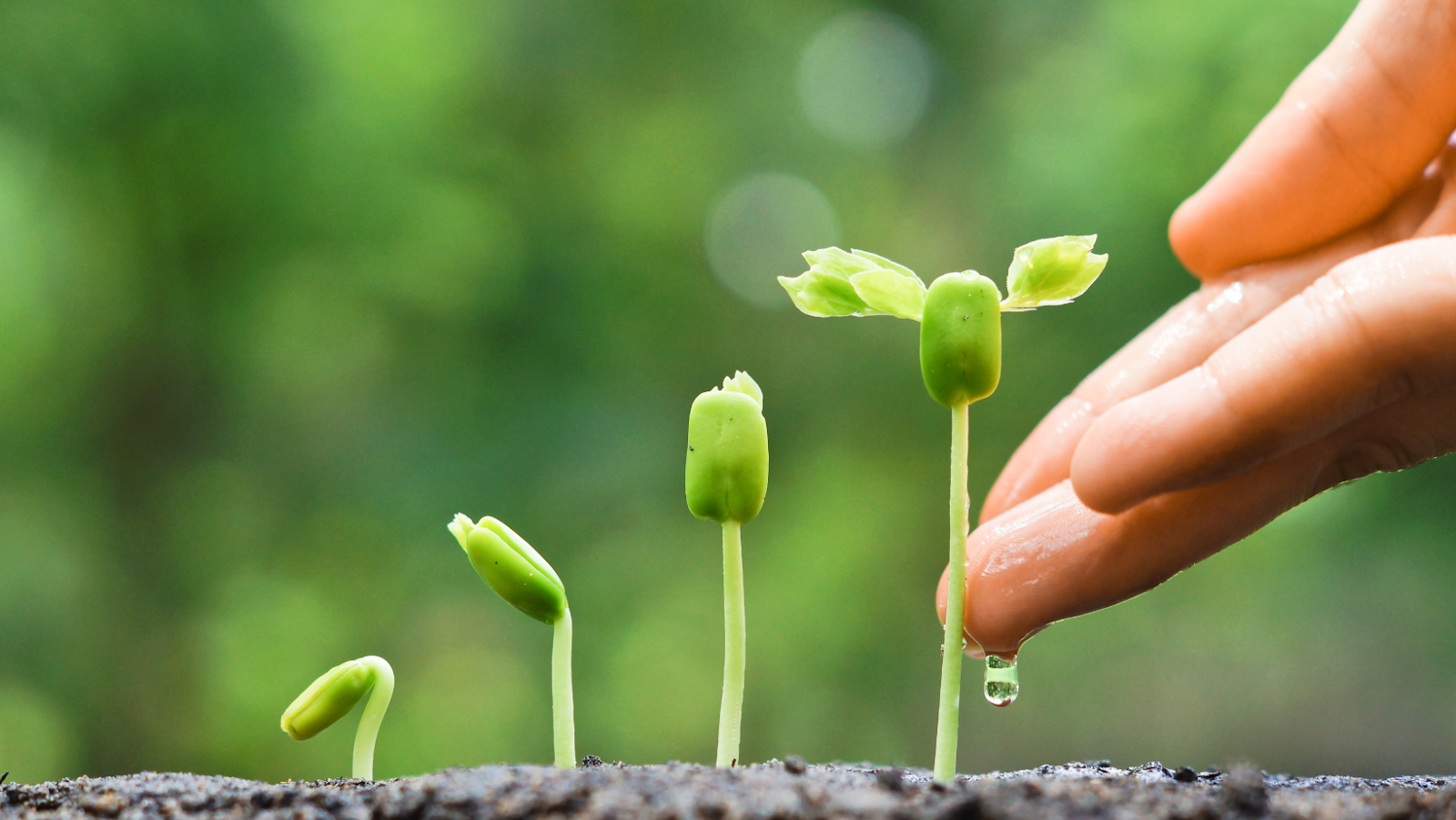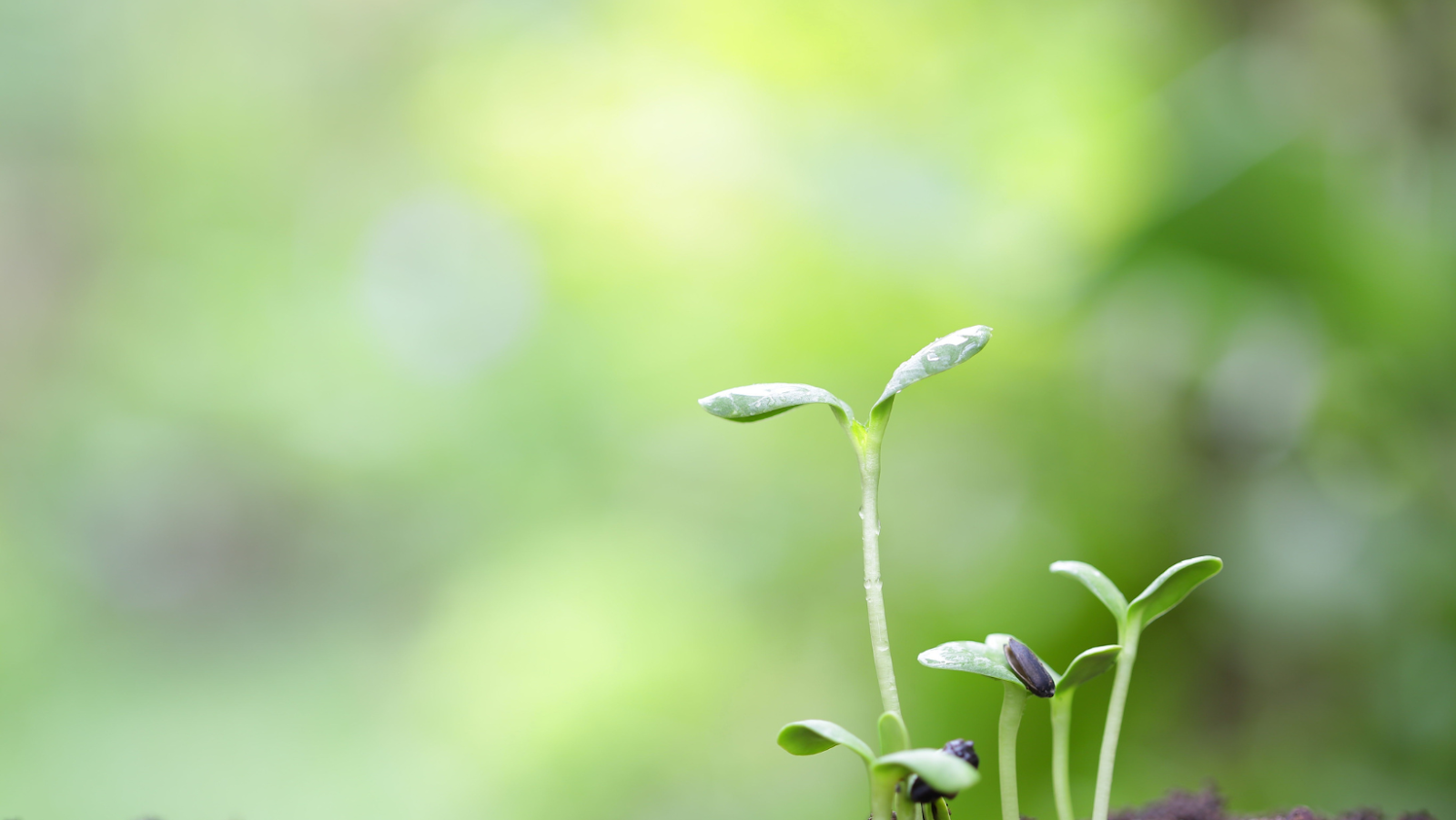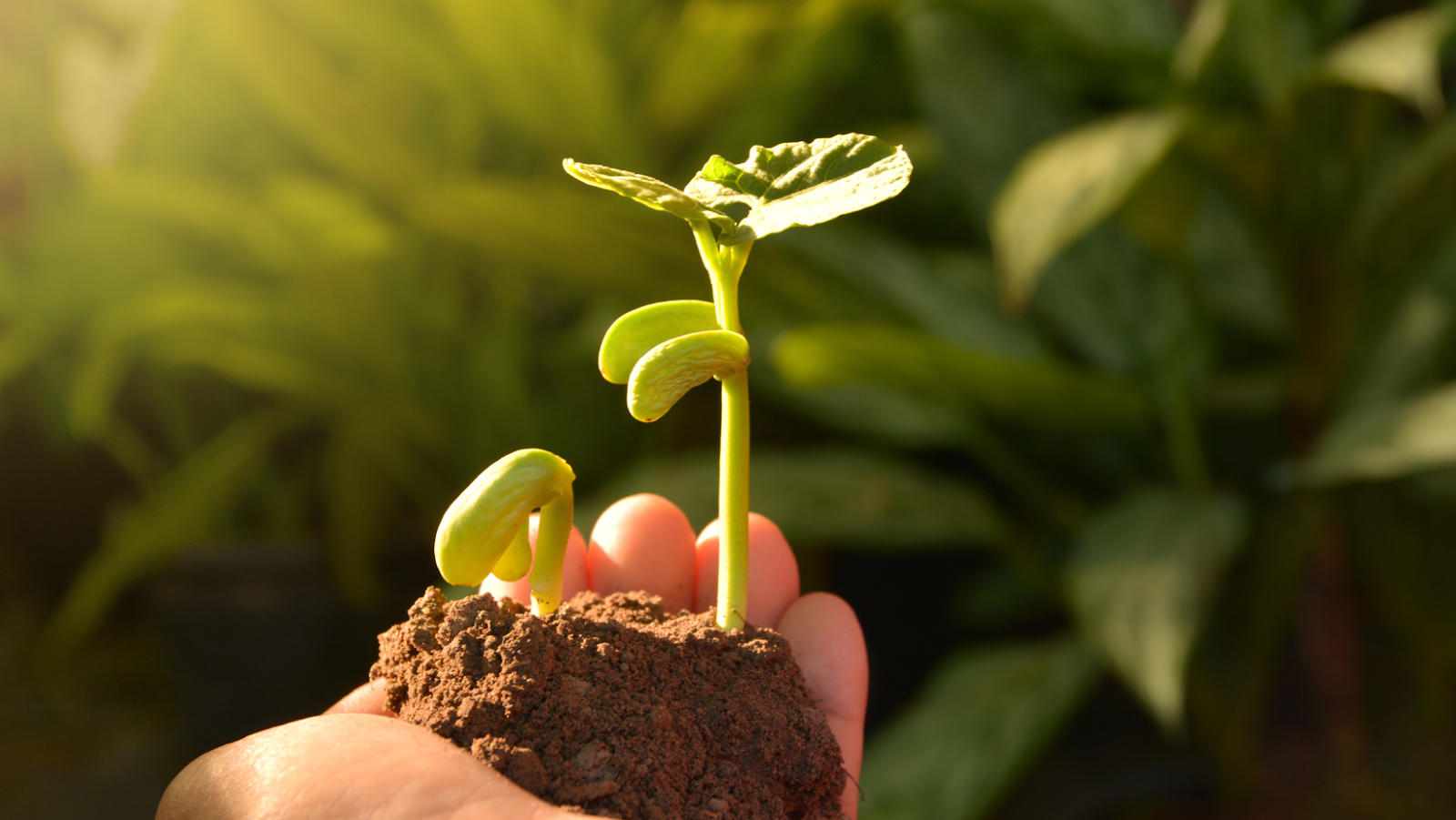Growing Your Plants: Mike Straumietis on the Effects of Light

If you’re interested in horticulture, you know that plant growth is affected by a host of environmental factors. Advanced Nutrients Founder and CEO Mike Straumietis explains that any environmental factor that is less than ideal limits a plant’s growth and, sometimes, its distribution. In fact, whether directly or indirectly, a lot of plant problems are caused by environmental stress. There are instances when poor environmental conditions, such as too little water, can damage a plant directly.
Several environmental factors affect plant growth, with light being one of the most prominent. By understanding how light affects plant growth, you may manipulate plants to meet your and their needs, whether for increased leaf, flower, or fruit production.
In this blog post, Mike Straumietis discusses how light characteristics affect plant growth.
First, it’s important to know the three main characteristics of light that affect plant growth. These are quality, quantity, and duration.
The Quality of Light
When it comes to light, quality refers to color or wavelength. Sunlight supplies the complete range of wavelengths — bands of red, orange, yellow, green, blue, indigo, and violet.
Plants absorb blue and red light, which means these lights have the greatest effect on plant growth. Blue is responsible primarily for vegetative or leafy growth, while red encourages flowering when combined with blue light. It should also be noted that plants look green because they reflect, rather than absorb, green light.
Fluorescent or cool white light is high in the blue wavelength. It encourages leafy growth and is ideal for starting seedlings. Incandescent light has a lot of red or orange lights. However, it generally produces too much heat to be a valuable light source for plants.

The Quantity of Light
By quantity, Mike Straumietis means the intensity or concentration of sunlight, which varies with the seasons. The maximum amount of light is available during the summer, while the minimum amount is in the winter. The more light a plant receives from the sun – up to a certain point – the greater the capacity for food production through photosynthesis.
You can manipulate the quantity of light to achieve different plant growth patterns. Increase light by surrounding plants with reflective materials, white background, or supplemental lights. Decrease it by shading plants with cheesecloth or woven shade cloths.
The Duration of Light or Photoperiod
Photoperiod refers to how much time a plant is exposed to light. This amount of time controls flowering in many plants. This is why botanists describe plants as short-day or long-day, depending on the conditions under which they flower. There are three types of plants in the context of photoperiod. There are short-day (long-night), long-day (short-night), or day-neutral. How they are classified depends on their response to the duration of light or darkness.

Manipulating the Characteristics of Light
The short-day or long-night plants form flowers only when the day length is less than 12 hours. Many plants that flower in the spring or fall are in this category. Meanwhile, long-day plants form flowers only when the day length exceeds 12 hours. Most of the plants that flower in the summer are long-day plants. Plants that are day-neutral aren’t dependent on day length. These are plants like corn, tomato, and cucumber.
Some plants don’t fit into any category but may respond to combinations of day lengths. A perfect example of this would be petunias, which bloom regardless of day length but do earlier and more profusely with long days.
You can manipulate photoperiod to stimulate flowering. For instance, chrysanthemums usually flower in the short days of spring or fall. However, you can get them to bloom in midsummer. First, you must cover them with a cloth that completely blocks light for half a day. You’ll see that after several weeks of doing so, the artificial dark period will no longer be needed, and the plant will bloom as though it were spring or fall.
When bringing a long-day plant into flower when the day length is less than 12 hours, expose the plant to supplemental light. After a few weeks, you will notice flower buds forming, Mike Straumietis adds.
-
Quotes1 year ago
30 Inspirational Thoughts For The Day
-
Self Improvement1 year ago
7 Tips To Recreate Your Life In 3 Months And Change Your Destiny
-
Motivation1 year ago
5 Excellent Ways To Stay Focused On Your Dreams
-
Quotes1 year ago
21 Quotes About Chasing Perfection And Striving For It
-
Health1 year ago
4 CBD Products Your Dog Deserves To Have
-
Personal Finance2 months ago
How Do I Find My UCAS ID Number?
-
Entrepreneurs1 year ago
1Password Evaluation – The Highest Ranked Password Manager Out There
-
Entrepreneurs2 years ago
51 Lucrative Ways to Make Money From Home



























